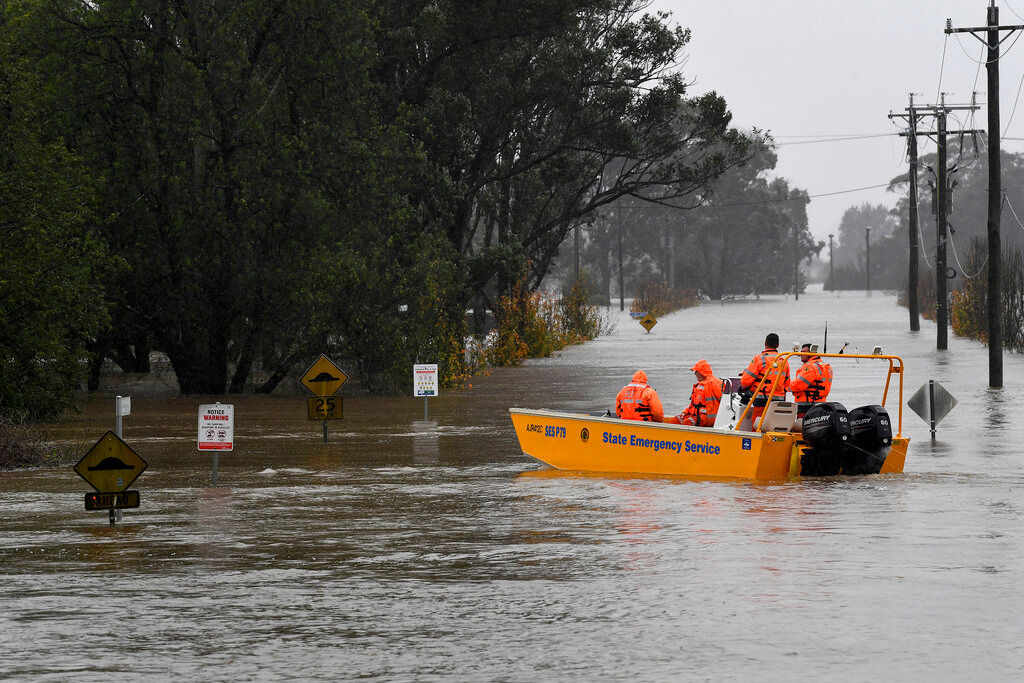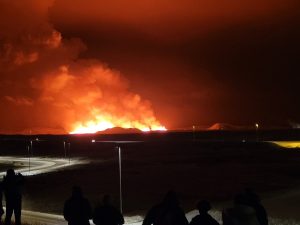Authorities in Sydney, Australia issued fresh evacuation orders for tens of thousands of residents on Monday amid heavy flooding driven by torrential rainfall. With more than 30,000 residents now facing evacuation in New South Wales, authorities have warned that the count could go higher as more wild weather is expected in the coming days.
“This is a life-threatening emergency situation. We are now facing dangers on multiple fronts – flash flooding, riverine flooding and coastal erosion,” Stephanie Cooke, emergency services minister for the state of New South Wales, told a media briefing on Monday.
Cooke’s comments come after torrential rainfall – equivalent to about a month’s worth of rain – battered parts of New South Wales over the weekend after an intense low-pressure system developed over Australia’s east coast.
Also read | Glacier collapse in Italy leaves at least 6 dead: All you need to know
While no deaths had been reported at the time of writing this, authorities said that 116 flood rescues had been made over the past few days, with 83 of those coming since 9pm local time on Sunday.
“The system that has been generating this weather does show signs that it will ease tomorrow, but throughout today, expect more rain,” Jane Golding of the Australian Bureau of Meteorology told The Associated Press, adding, “It’s dangerous out on the rivers and we do have some more rain to fall which means the flash-flood risk is not over yet.”
This weekend’s floods come months after deadly floods killed more than 20 in eastern Australia in March this year.
Also read | New CO2 capture plant coming to Iceland
A nation un-prepared:
Climate change and La Nina are widely believed to be behind the torrential rainfall taking place in the east coast of Australia: weeks ago, the US government’s National Oceanic and Atmospheric Administration (NOAA) had warned that Australia was facing the very real prospect of experiencing a triple La Nina this summer, a phenomenon wherein strong winds push the warm surface water of the Pacific Ocean away from South America and towards Indonesia.
“Triple dip La Ninas are rare. The last one was from 1998 until 2001 – so more than 20 years ago. This has the potential to be a triple dip La Nina that could go into early 2023,” Dr Mike McPhaden of the NOAA told The Guardian a few weeks ago.
In Australia, La Nina usually causes heavy precipitation, increases the likelihood of cyclones, and pushes down daytime temperatures.
Also read | What impact Supreme Court’s EPA-climate change ruling can have: Explained
Torrential rainfall and heavy flooding aren’t the only forms of extreme weather plaguing Australia: Wild weather phenomena in the country have increased in frequency over the past few years, driven by worsening climate change, as have other climate-related incidents, such as droughts, deadly wildfires, and bleaching incidents in the Great Barrier Reef.
Despite these incidents, Australia’s Climate Council has warned that the government has not done enough on the climate front, leaving Australians “unprepared for worsening extreme weather” and the country “dead last among comparable nations [in terms of climate action].”







